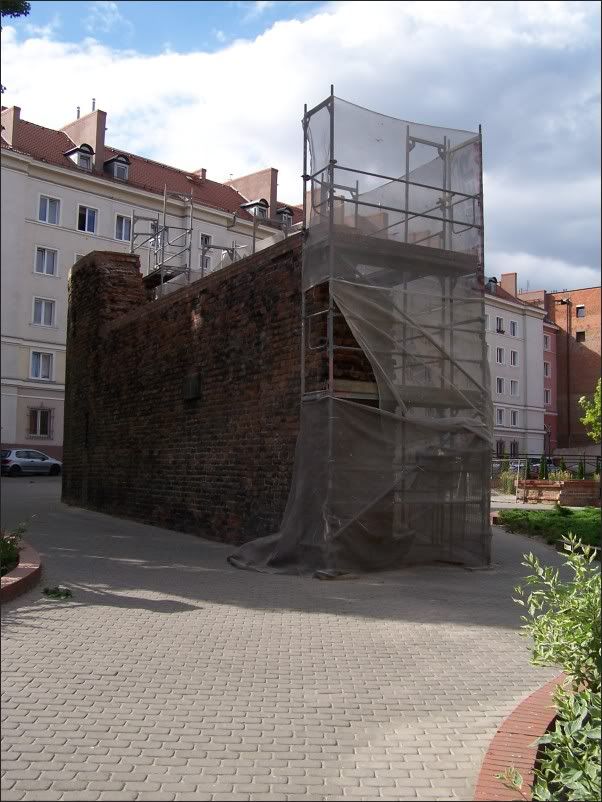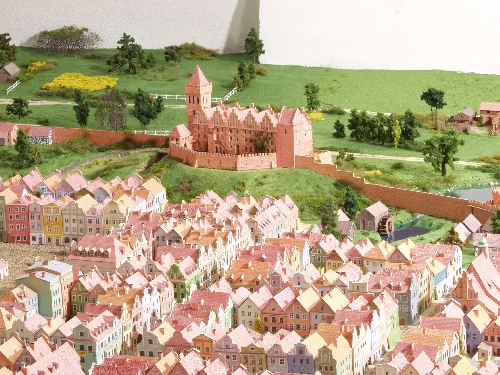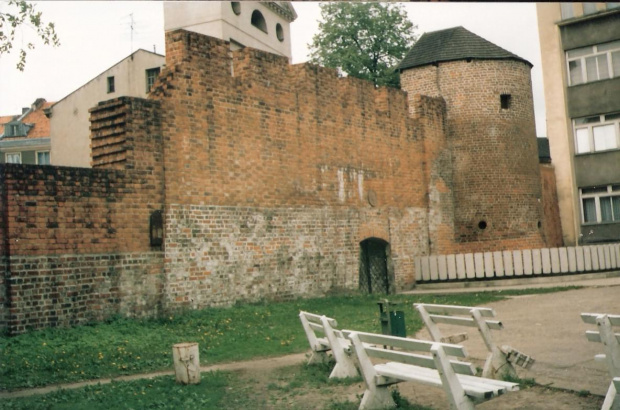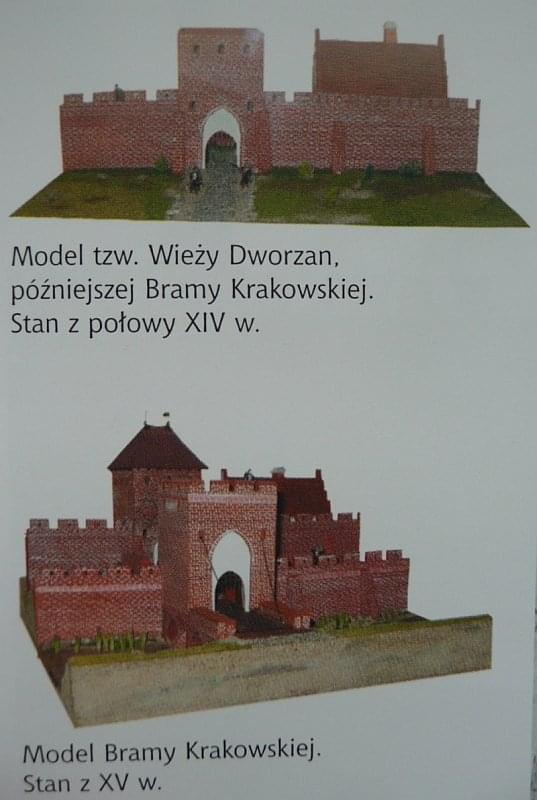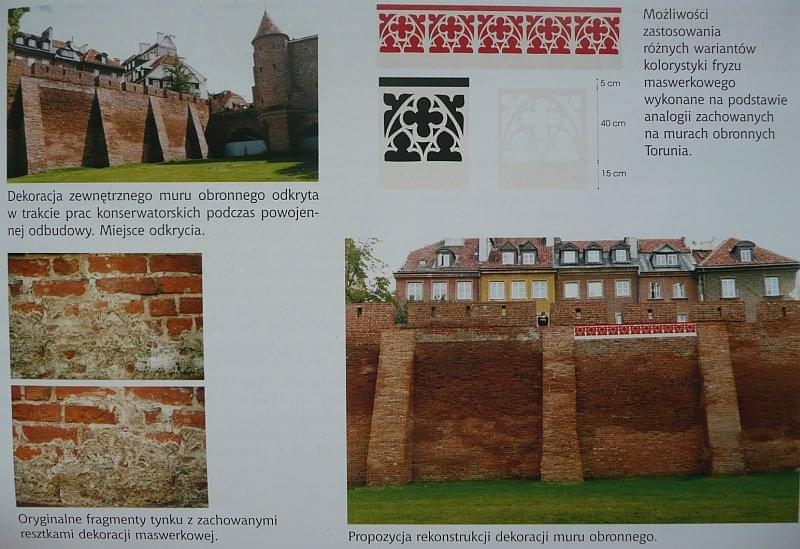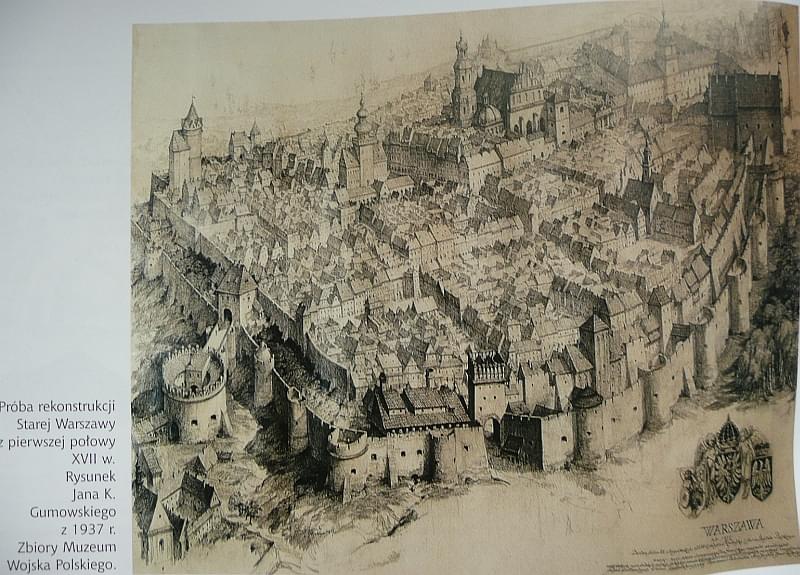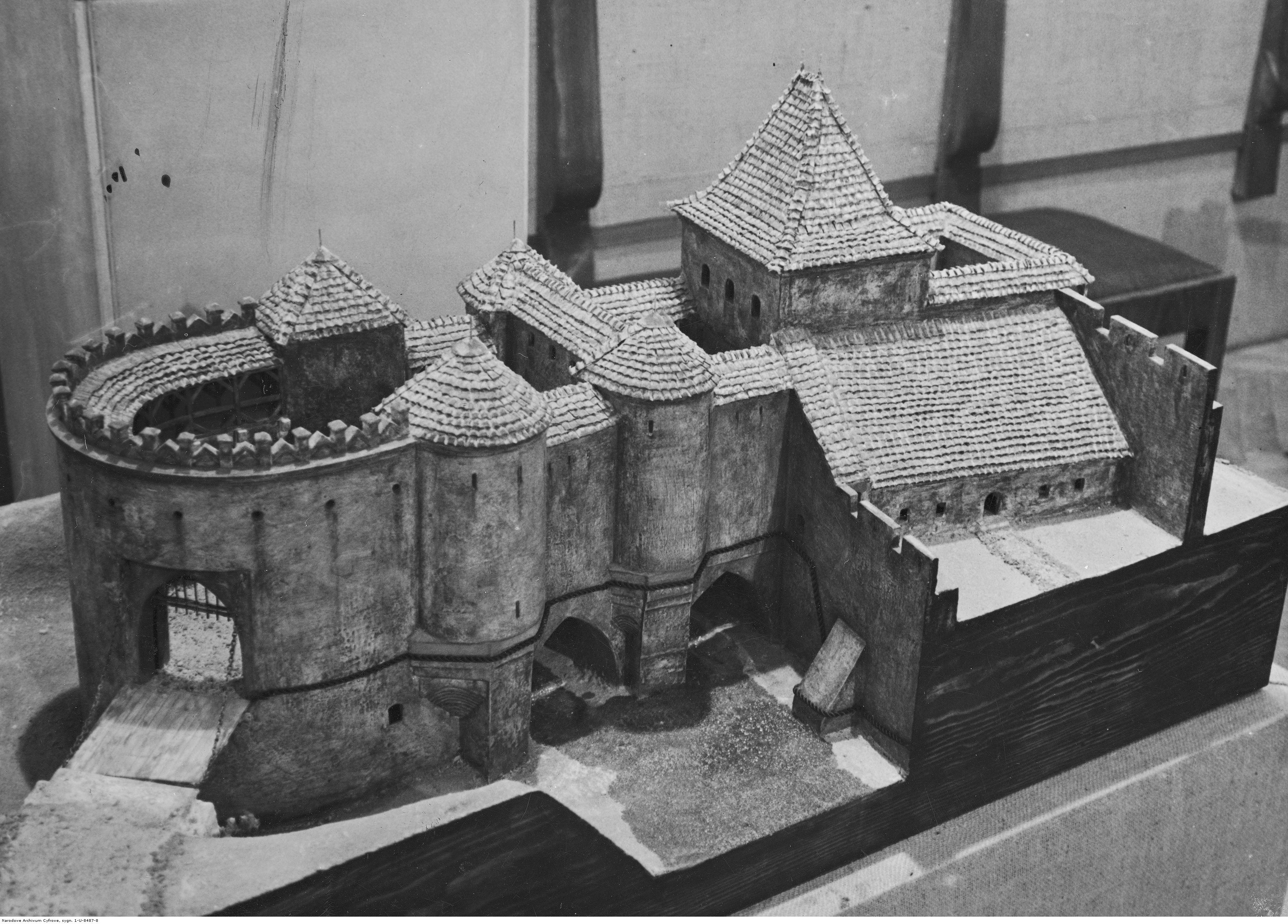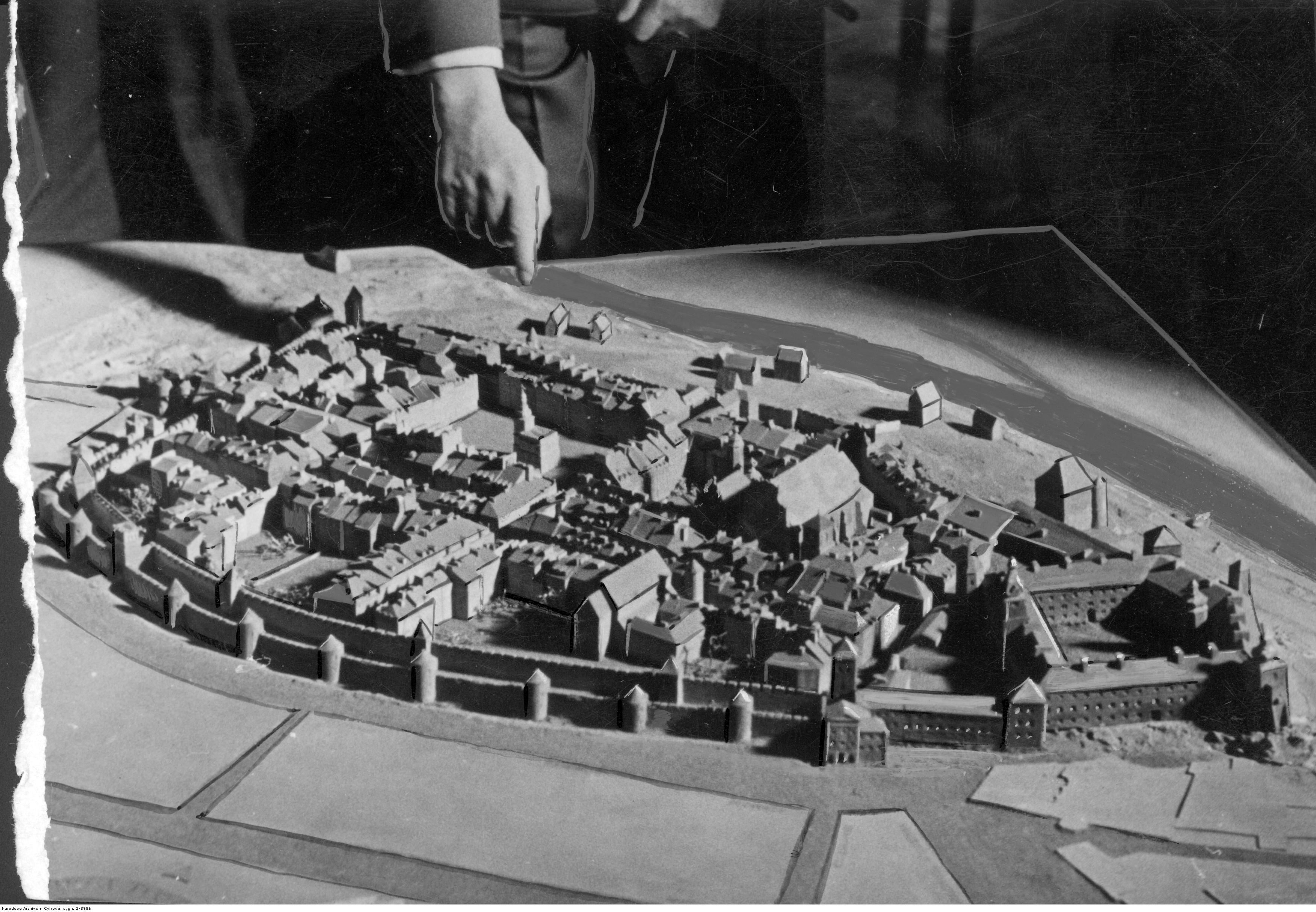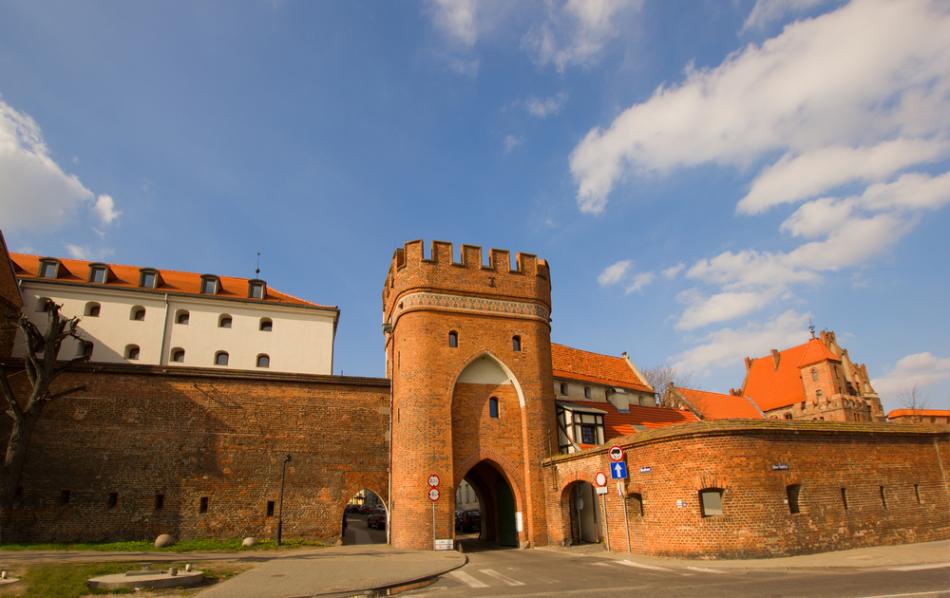Domen
Misico dux Vandalorum
Related discussion was for example in this thread on pages 7 - 10 (but there it was OT, which is why I started a new thread):
http://forums.civfanatics.com/showthread.php?t=503684&page=8
Maps:


Legend (note: "Polish" includes also Slavic Pomeranian in some cities):

1) Greater Poland "proper" and Cuiavia:
One of the core provinces of the reunited Kingdom of Poland.
Cuiavia was briefly lost to the Teutonic Order during the 14th century, but quickly regained during the same century.

2) Lands of Sieradz and Łęczyca - often counted as part of Greater Poland:
They became parts of the reunited Kingdom of Poland in the 14th century, connecting Lesser Poland with Greater Poland.

3) Lesser Poland:
One of the core provinces of the reunited Kingdom of Poland.

4) Mazovia:
Became part of the reunited Kingdom of Poland in the 14th century.
Some of its parts initially became fiefdoms and were later successively being incorporated directly.
Czech Crown and the Teutonic Order briefly exercised control over some parts of Mazovia during the 14th century, but Poland regained them during the same century.

5) Silesia:
Throughout the 14th century Poland gradually lost almost entire Silesia, which fell under control of the Czech Crown.
Only several small regions of Silesia became parts of the reunited kingdom.

6) Red Ruthenia:
During the 14th century, Poland conquered Red Ruthenia, expanding its territory eastward and southward.

7) Royal Prussia:
Poland lost Pomerelia to the Teutonic Order in the 14th century. Land of Chełmno had been granted to the Teutonic Order already in the 13th century.
During the 15th century Poland regained these lands and conquered new lands from the Order - all of them became known as the province of Royal Prussia.

8) Other lands:
Western Pomerania had been lost by Poland during the 12th century, Land of Lubusz had been lost to Brandenburg during the 13th century. Neumark consisted of two borderland strips of territory of Western Pomerania and Greater Poland conquered by Brandenburg during the 13th and 14th centuries.

My sources, books:
- M. Bogucka, H. Samsonowicz, "Dzieje miast i mieszczaństwa w Polsce przedrozbiorowej"
- joint publication "Atlas Historyczny Polski" edited by W. Czapliński, T. Ładogórski
- joint publication "Państwo Zakonu Krzyżackiego w Prusach. Władza i społeczeństwo" edited by M. Biskup, R. Czaja
Plus some other sources including websites.
http://forums.civfanatics.com/showthread.php?t=503684&page=8
Maps:


Legend (note: "Polish" includes also Slavic Pomeranian in some cities):

1) Greater Poland "proper" and Cuiavia:
One of the core provinces of the reunited Kingdom of Poland.
Cuiavia was briefly lost to the Teutonic Order during the 14th century, but quickly regained during the same century.

2) Lands of Sieradz and Łęczyca - often counted as part of Greater Poland:
They became parts of the reunited Kingdom of Poland in the 14th century, connecting Lesser Poland with Greater Poland.

3) Lesser Poland:
One of the core provinces of the reunited Kingdom of Poland.

4) Mazovia:
Became part of the reunited Kingdom of Poland in the 14th century.
Some of its parts initially became fiefdoms and were later successively being incorporated directly.
Czech Crown and the Teutonic Order briefly exercised control over some parts of Mazovia during the 14th century, but Poland regained them during the same century.

5) Silesia:
Throughout the 14th century Poland gradually lost almost entire Silesia, which fell under control of the Czech Crown.
Only several small regions of Silesia became parts of the reunited kingdom.

6) Red Ruthenia:
During the 14th century, Poland conquered Red Ruthenia, expanding its territory eastward and southward.

7) Royal Prussia:
Poland lost Pomerelia to the Teutonic Order in the 14th century. Land of Chełmno had been granted to the Teutonic Order already in the 13th century.
During the 15th century Poland regained these lands and conquered new lands from the Order - all of them became known as the province of Royal Prussia.

8) Other lands:
Western Pomerania had been lost by Poland during the 12th century, Land of Lubusz had been lost to Brandenburg during the 13th century. Neumark consisted of two borderland strips of territory of Western Pomerania and Greater Poland conquered by Brandenburg during the 13th and 14th centuries.

My sources, books:
- M. Bogucka, H. Samsonowicz, "Dzieje miast i mieszczaństwa w Polsce przedrozbiorowej"
- joint publication "Atlas Historyczny Polski" edited by W. Czapliński, T. Ładogórski
- joint publication "Państwo Zakonu Krzyżackiego w Prusach. Władza i społeczeństwo" edited by M. Biskup, R. Czaja
Plus some other sources including websites.
Attachments
-
 Miasta 4.png138.1 KB · Views: 6,327
Miasta 4.png138.1 KB · Views: 6,327 -
 Sieradz Łęczyca.png24.2 KB · Views: 1,829
Sieradz Łęczyca.png24.2 KB · Views: 1,829 -
 Mazovia.png28.6 KB · Views: 1,704
Mazovia.png28.6 KB · Views: 1,704 -
 Legend.png11.4 KB · Views: 2,302
Legend.png11.4 KB · Views: 2,302 -
 Silesia.png43.4 KB · Views: 1,774
Silesia.png43.4 KB · Views: 1,774 -
 Pomerania & Brandenburg.png26.4 KB · Views: 1,724
Pomerania & Brandenburg.png26.4 KB · Views: 1,724 -
 Greater Poland.png50.7 KB · Views: 1,885
Greater Poland.png50.7 KB · Views: 1,885 -
 Lesser Poland.png45.4 KB · Views: 1,799
Lesser Poland.png45.4 KB · Views: 1,799 -
 Red Ruthenia.png38.4 KB · Views: 1,757
Red Ruthenia.png38.4 KB · Views: 1,757 -
 Royal Prussia.png31.6 KB · Views: 1,635
Royal Prussia.png31.6 KB · Views: 1,635

 BTW - the richest out of some 136 great merchants who lived in the Royal Prussian city of Toruń in the 17th century was Samuel Edwards. He was an ethnic Scottish guy who came to Poland probably in the 1620s.
BTW - the richest out of some 136 great merchants who lived in the Royal Prussian city of Toruń in the 17th century was Samuel Edwards. He was an ethnic Scottish guy who came to Poland probably in the 1620s.
